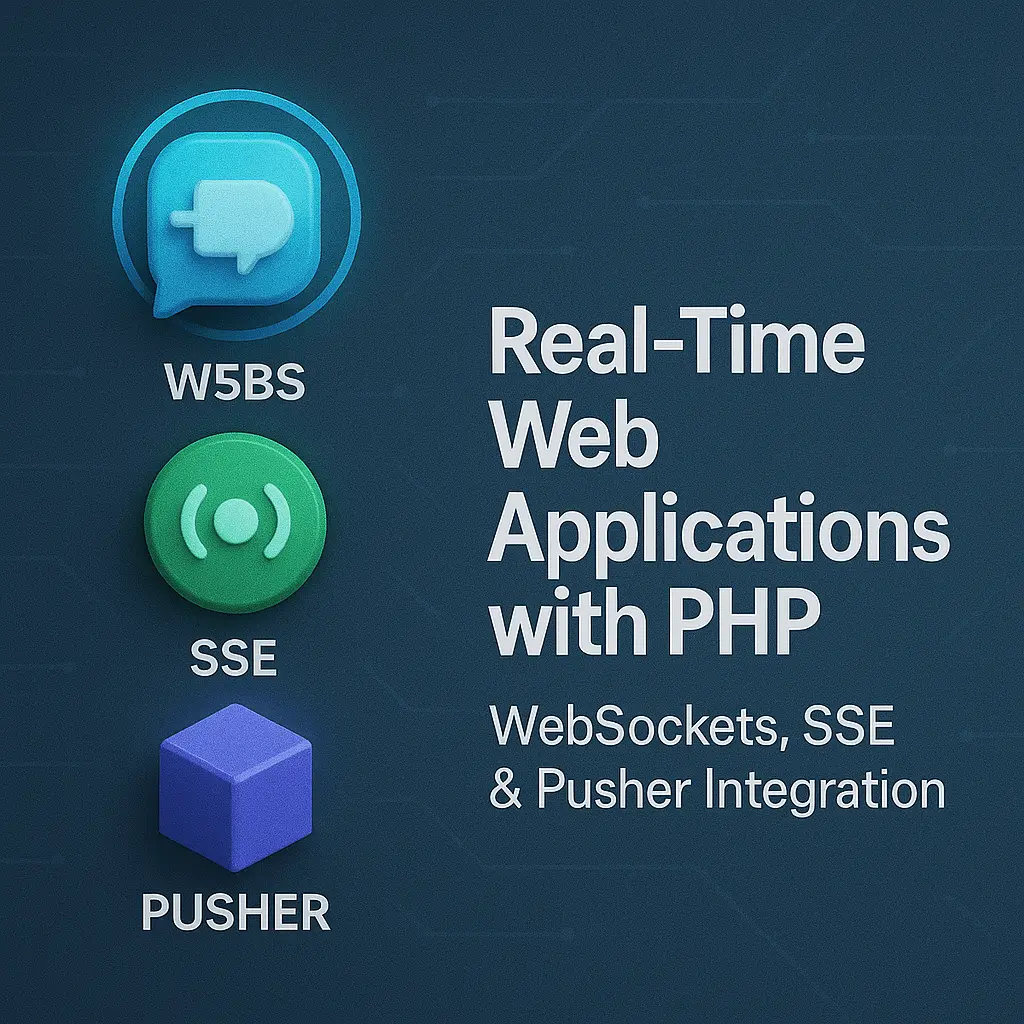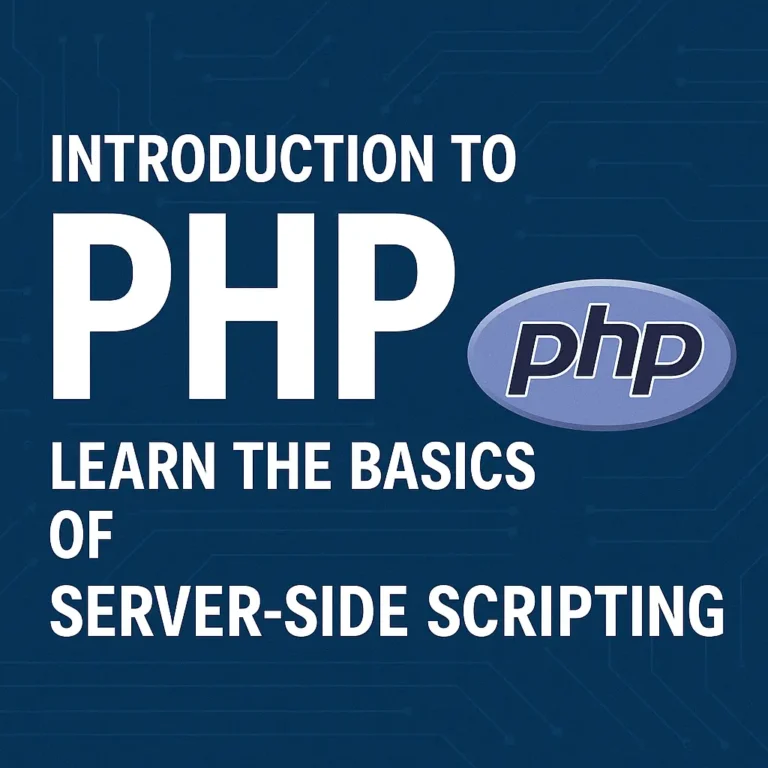Enter WebSockets – a powerful communication protocol that enables real-time, bidirectional communication between clients and servers. In this comprehensive guide, we’ll explore the fundamentals of WebSockets, and learn how to implement real-time features in PHP web applications.
Introduction to WebSockets
WebSockets represent a significant advancement in web communication technology. Unlike traditional HTTP connections that follow a request-response pattern, WebSockets provide a persistent, full-duplex communication channel between clients and servers. This allows for low-latency, real-time interaction, making it ideal for applications requiring live updates, chat functionality, collaborative editing, and more.
Implementing Real-time Features
Setting Up the WebSocket Server
To implement real-time features in PHP, we need a WebSocket server. While PHP is not typically associated with WebSocket servers, we can use third-party libraries like Ratchet to achieve this. Let’s set up a basic WebSocket server using Ratchet:
composer require cboden/ratchet
<?php
use Ratchet\MessageComponentInterface;
use Ratchet\ConnectionInterface;
use Ratchet\WebSocket\MessageComponentInterface;
use Ratchet\ConnectionInterface;
require dirname(__DIR__) . '/vendor/autoload.php';
class WebSocketServer implements MessageComponentInterface {
public function onOpen(ConnectionInterface $conn) {
// New connection opened
}
public function onMessage(ConnectionInterface $from, $msg) {
// Message received from client
}
public function onClose(ConnectionInterface $conn) {
// Connection closed
}
public function onError(ConnectionInterface $conn, \Exception $e) {
// Error occurred
}
}
// Create WebSocket server
$server = new \Ratchet\WebSocket\WsServer(new WebSocketServer());
$loop = \React\EventLoop\Factory::create();
$socket = new \React\Socket\Server('0.0.0.0:8080', $loop);
$server = new \Ratchet\Server\IoServer($server, $socket, $loop);
echo "WebSocket server started\n";
$server->run();
?>
Client-Side Implementation
On the client side, we’ll use JavaScript to connect to the WebSocket server and handle real-time interactions:
<!DOCTYPE html>
<html>
<head>
<title>Real-time Chat</title>
<script>
var socket = new WebSocket("ws://localhost:8080");
socket.onopen = function(event) {
console.log("WebSocket connection opened");
};
socket.onmessage = function(event) {
var message = event.data;
console.log("Message received: " + message);
};
socket.onclose = function(event) {
console.log("WebSocket connection closed");
};
function sendMessage() {
var message = document.getElementById("message").value;
socket.send(message);
}
</script>
</head>
<body>
<input type="text" id="message" placeholder="Enter message">
<button onclick="sendMessage()">Send</button>
<script>var rocket_lcp_data = {"ajax_url":"https:\/\/codersship.com\/wp-admin\/admin-ajax.php","nonce":"82cc37a6f7","url":"https:\/\/codersship.com\/php\/real-time-web-applications","is_mobile":false,"elements":"img, video, picture, p, main, div, li, svg","width_threshold":1600,"height_threshold":700,"debug":null}</script><script data-name="wpr-lcp-beacon" src='https://codersship.com/wp-content/plugins/wp-rocket/assets/js/lcp-beacon.min.js' async></script></body>
</html>
Advantages of Real-time Web Applications
Implementing real-time features in PHP web applications offers several advantages:
Enhanced User Experience: Real-time updates, notifications, and interactions create a more engaging and interactive user experience.
Improved Collaboration: Real-time collaboration features enable multiple users to work together seamlessly on shared documents, projects, or tasks.
Increased Efficiency: Real-time data synchronization eliminates the need for manual refreshing or polling, improving efficiency and productivity.
Instant Feedback: Real-time feedback on user actions, such as form submissions or chat messages, provides immediate validation and response.
Conclusion
Real-time web applications powered by WebSockets revolutionize the way users interact with web content, enabling instantaneous communication and collaboration. With PHP and libraries like Ratchet, implementing real-time features in your applications is within reach. By embracing real-time interactivity, you can create immersive, responsive, and dynamic web experiences that meet the demands of modern users. So, dive into the world of real-time web development with PHP and unleash the full potential of your applications. Happy coding!






